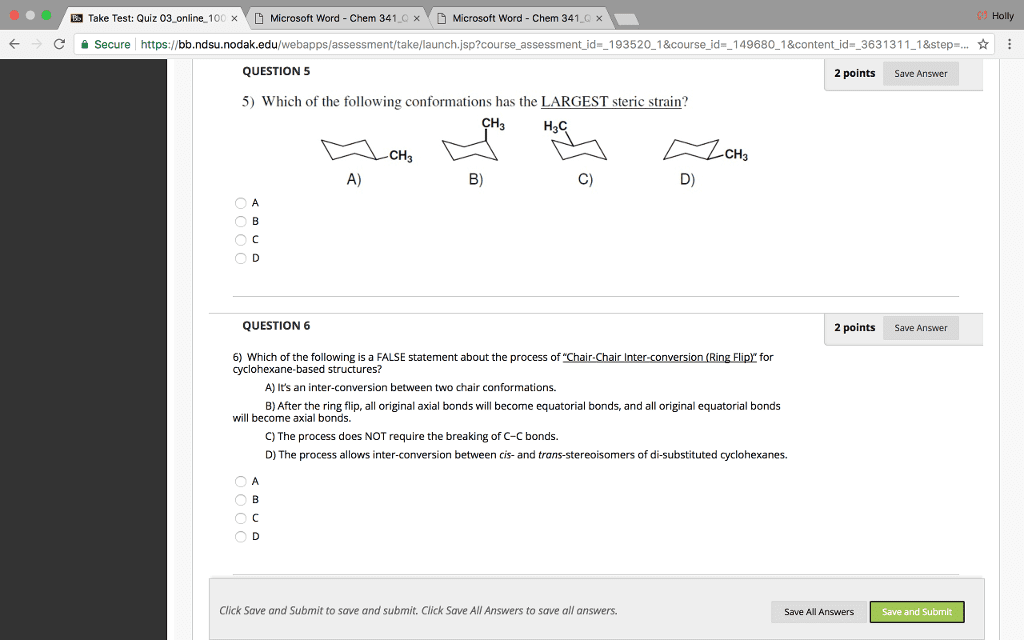CHEM 10052 Study Guide - Midterm Guide: Propene, Hydrogenation, Cyclooctane
Document Summary
2-butene (cis or trans) isoprene sec-butylbromide adenine benzene borane (bh3) borohydride anion cycloalkanes (cyclopropane through cyclooctane) cyclohexane chair conformations (axial and equatorial positions) alkoxide anion (e. g. , ethoxide) imidazole indole meso-1,2-dimethylcyclopentane (cis) = rs. 1,3-cyclopentadiene (& its aromatic conjugate base ) pyridine sodium borohydride (ethoxyborohydride) sulfuric acid. Real lewis structures exemplifying all functional groups to date: alkane alkene alkylhalide (1 , 2 & 3 ) alcohol (1 , 2 & 3 ) iso-propyl (2e) n-butyl (1e) isobutyl (1e) sec-butyl (2e) ter-butyl (3e) All alcohols and all alkyl halides bearing the above alkyl groups ethylene glycol glycerol. Huckel"s rules (4n + 2) electrons (some of which may be unshared electrons in a given lewis resonance structure) carbocation (carbonium ion) stable carbocation transition state intermediate reaction coordinate. E = eproducts - ereactants rate of reaction (v) unimolecular reaction (rate = k1[reactant1] Functional groups in cyclic structures (e. g. , bimolecular reaction cyclohexanol; cyclopentanone): primary(1e)/secondary(2e)/tertiary(3e) carbon alkyl groups: methyl ethyl n-propyl (1e) (rate= k2[reactant1] [reactant2])




